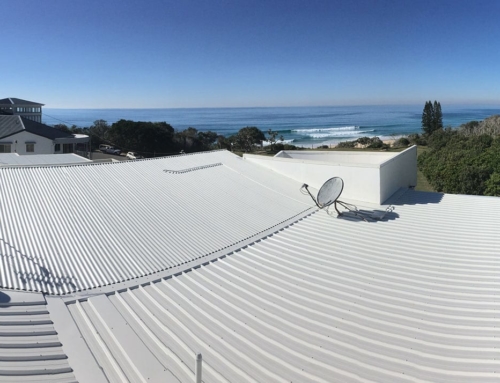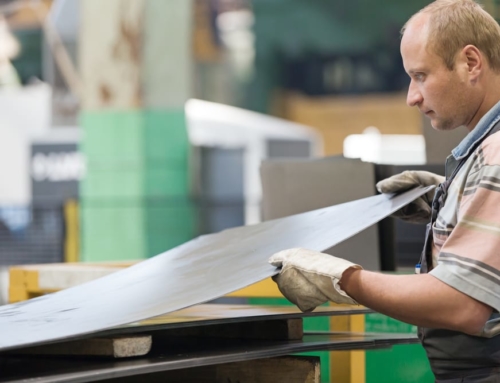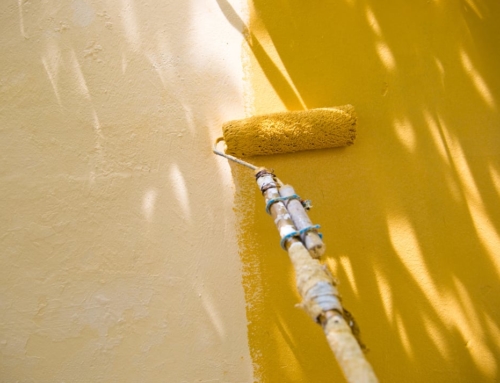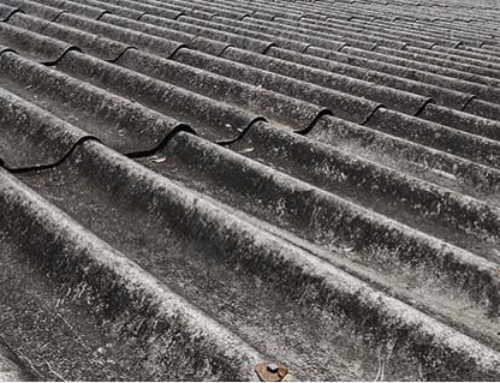In this article, we will explore how to design a roof that will be in top condition throughout all the seasons.
Summer
Summer is one of the nicer seasons for roofs as it doesn’t cause as much damage as other seasons can. During summer, roofs and gutters should be replaced if neccessary.
Hazard: Overgrown Trees
Overgrown trees and plants provide a significant hazard. Not only can they affect electricity lines and damage shingles, but they can also give animals, such as possums, rats and cats, access to roofs. These animals can damage roofs, and even try to enter them from within. Therefore, during summer, make sure that trees are timed as required.
Repairs
After the rainiest seasons of the year, summer offers an opportunity to repair any problems with roofs and replace them as need be. This may involve shingle inspection, checking the roofing material for seals and breaks, and keeping an eye out for any loose or broken materials.
It is also important to pay close attention to roof accessories during this time. Are the gutters good, or do they require replacing? Are there any cracks in the chimney or skylight?
Winter
Winter is the rainiest season, making it one of the harshest on roofs. During winter, leaks and cracks quickly become visible.
Autumn
Hazard: Unclean Chimney
Many Australian homes still have a chimney. Before warming up to winter, inspect chimneys both indoors and outdoors. Birds may have created nests or there could be breaks in shingles or fixings. The best way to resolve these hazards is simply to inspect and react as needed.
Hazard: Broken Gutters
Autumn and winter are two of the most used gutter seasons. Before gutters start overflowing, inspect and clean them. Gutters can get easily clogged up with leaves and dirt, and they can also break if not properly fixed onto the wall and roof.
Spring
Hazards: Leaks
After autumn and winter, spring provides a needed break to assist the seal-age, cracks and leaks in your roof. Inspect homes for visible signs of leaking from roofs. Signs include visibly wet spots, mould, peeling paint, water stains and black spots. It is also important to check attics and ceilings where these will be most visible.
Hazard: Moss
Wet weather provides the optimum condition for moss to grow. This is why in spring; a moss treatment should be applied to keep your roof. However, be careful not to apply too much pressure onto any shingles as that could damage them.
Contact Rollsec for More Information
For roofing supplies that will help roofs last throughout the year, contact Rollsec in Brisbane. Call us on 07 3041 4980. We will help you in any way we can.






